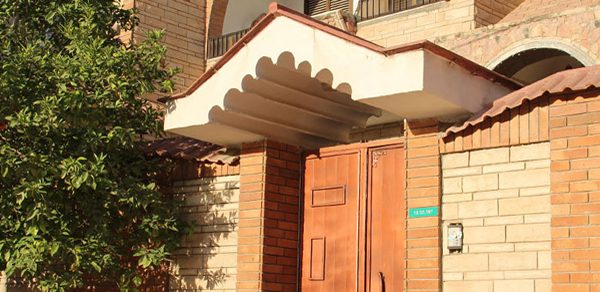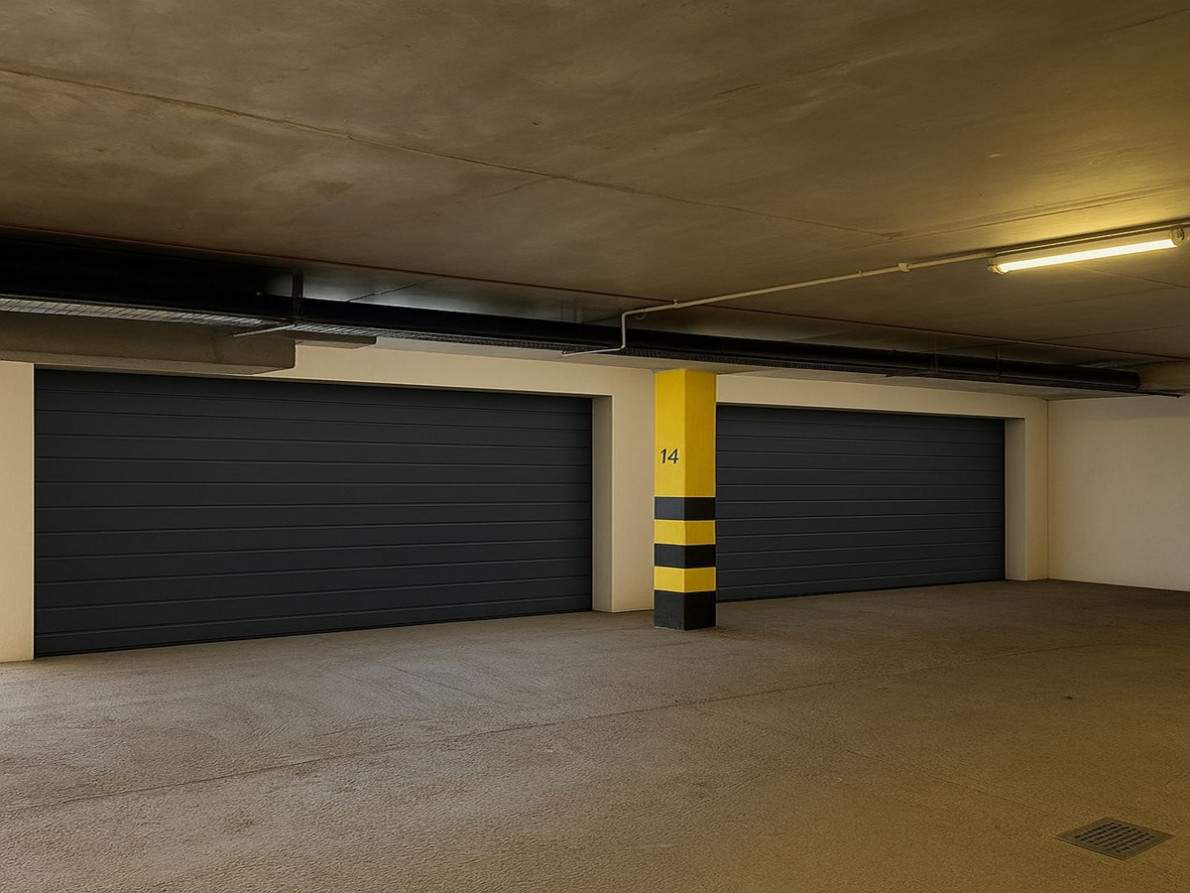A Guide to Tenancy Terms (Part 2)

Deposit
Landlords will ask new tenants to pay a tenancy deposit to cover damage or unpaid rent. The deposit is usually the equivalent of six weeks rent but the landlord can choose to set the deposit at any amount.
Dilapidation
Damage to a property or contents that is considered to be more than acceptable wear and tear.
Energy Performance Certificate (EPC)
All properties offered for let require Energy Performance Certificates (EPC). An EPC provides a rating of a property’s energy efficiency, running costs and environmental impact rating (carbon emissions) based on the property’s condition on a given date. EPC’s are quite similar to the energy graphs you see when you buy a new appliance like a washing machine.
Fixtures and fittings
The contents of a rented property that may include window coverings, light fittings, carpets, kitchen units and white goods are called “fixtures and fittings”. If you are renting a furnished property, it may also include furniture.
Gas Safety Regulations
It is the landlord’s legal responsibility to ensure that a gas safety check is carried out prior to letting a property and then every year after. The check must be carried out by an authorised CORGI registered engineer and a copy of the record must also be given to the tenant.
Grounds For Possession
The reasons for applying to the courts for repossession of a property.
Guarantor
A guarantor is someone who agrees to sign a tenancy agreement and in effect guarantees that they will undertake the full obligations under the tenancy agreement on the tenant’s behalf. If for some reason the tenant cannot pay the rent, the guarantor will make the payments.
Holding Deposit
A holding deposit is an amount of money paid to a landlord or letting agent to reserve a rental property before the signing of a tenancy agreement. A holding deposit is normally non-refundable if you were to withdraw your application for the tenancy. If the tenancy proceeds, the amount of the holding deposit is deducted from the rent.
House in Multiple Occupation (HMO)
Your property is an HMO if: at least 3 tenants live there, forming more than 1 household and there is a shared toilet, bathroom or kitchen facilities. All local councils must license “large HMO’s” – properties that are higher than three stories, housing five or more people from two or more households. This legislation applies to any building or part of a building that is occupied by people who do not live as a single household, that is as a single family and where they must share amenities such as a kitchen or bathroom. Bed-sits accommodation and house shares where there are no family relationships are examples of HMOs.





